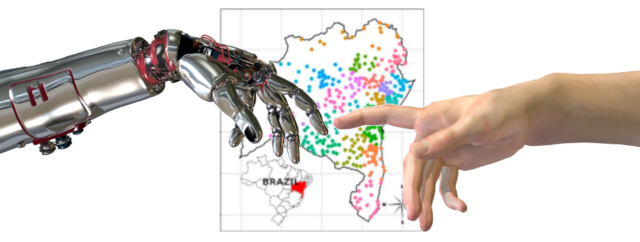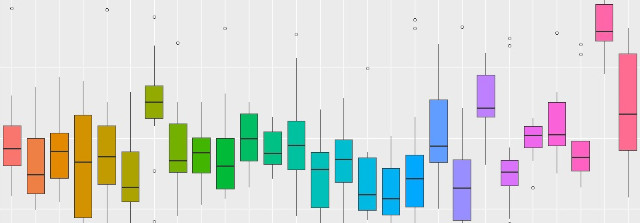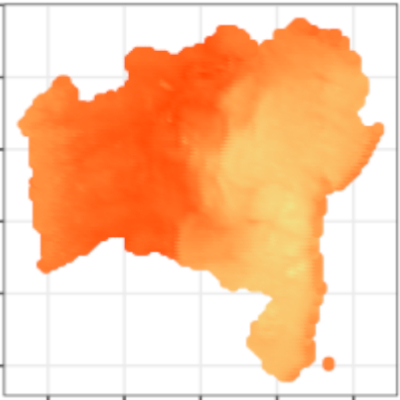To effectively combat the COVID-19 pandemic, countries with limited resources could only allocate intensive and non-intensive care units to a low number of regions. In this work, we evaluated the actual displacement of infected patients in search of care, aiming to understand how the networks of planned and actual hospitalizations take place. To assess the flow of hospitalizations outside the place of residence, we used the concepts of complex networks. Our findings indicate that the current distribution of health facilities in Bahia, Brazil, is not sufficient to effectively reduce the distances traveled by patients with COVID-19 who require hospitalization. We believe that unnecessary trips to distant hospitals can put both the sick and the healthy involved in the transport process at risk, further delaying the stabilization of the COVID-19 pandemic in each region of the state of Bahia. From the results found, we concluded that, to mitigate this situation, the implementation of health units in countries with limited resources should be based on scientific methods, and international collaborations should be established.
AUTHORS:
Marcio L. V. Araujo, José G. V. Miranda, Rodrigo N. Vasconcelos, Elaine C. B. Cambui, Raphael S. Rosário, Márcio C. F. Macedo, Antonio C. Bandeira, Márcia S. P. L. Souza, Ana C. F. N. Silva, Aloisio S. Nascimento Filho, Thiago B. Murari, Eduardo M. F. Jorge, Hugo Saba
Keywords:
government; hospitalization; pandemics; public policy; transportation







